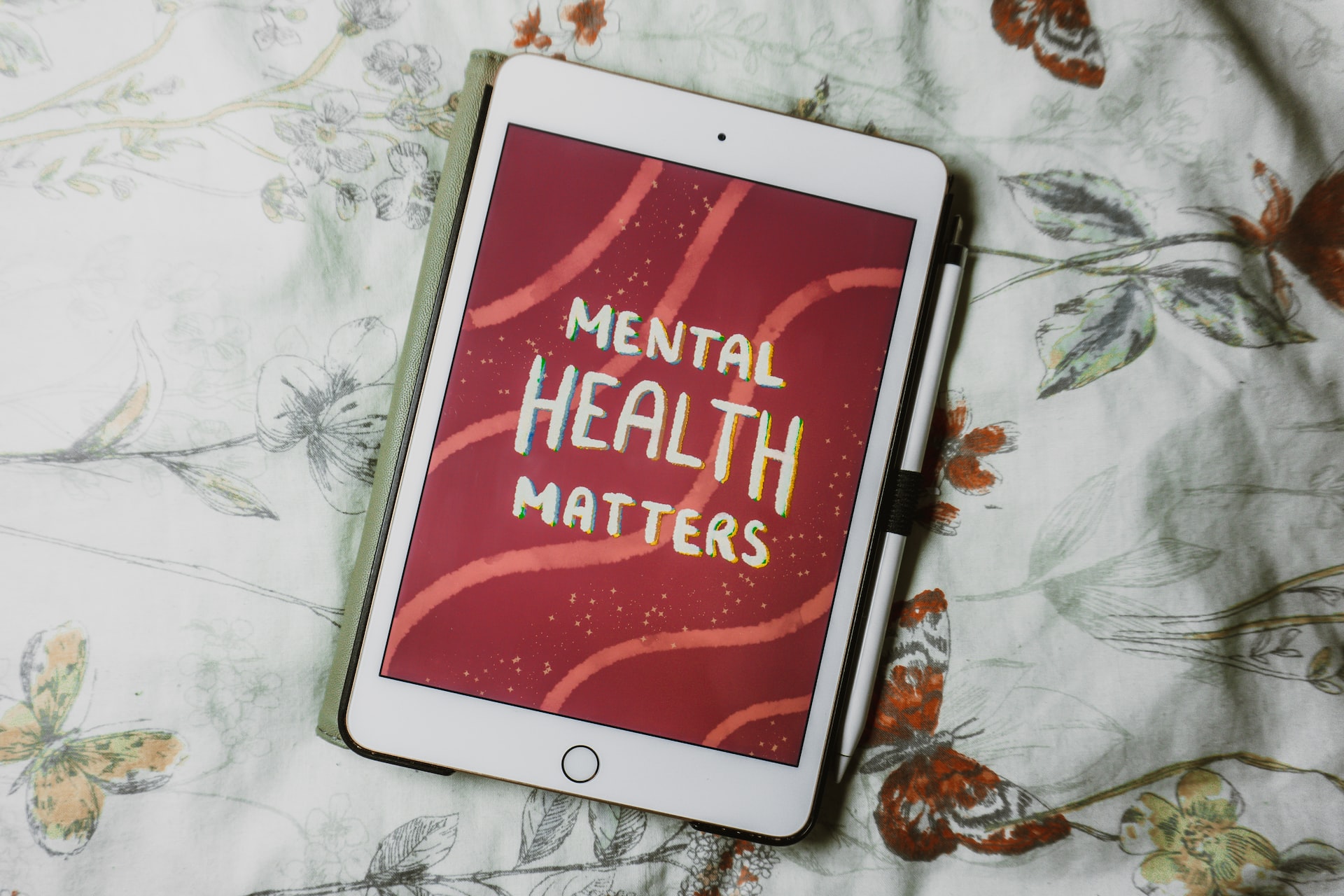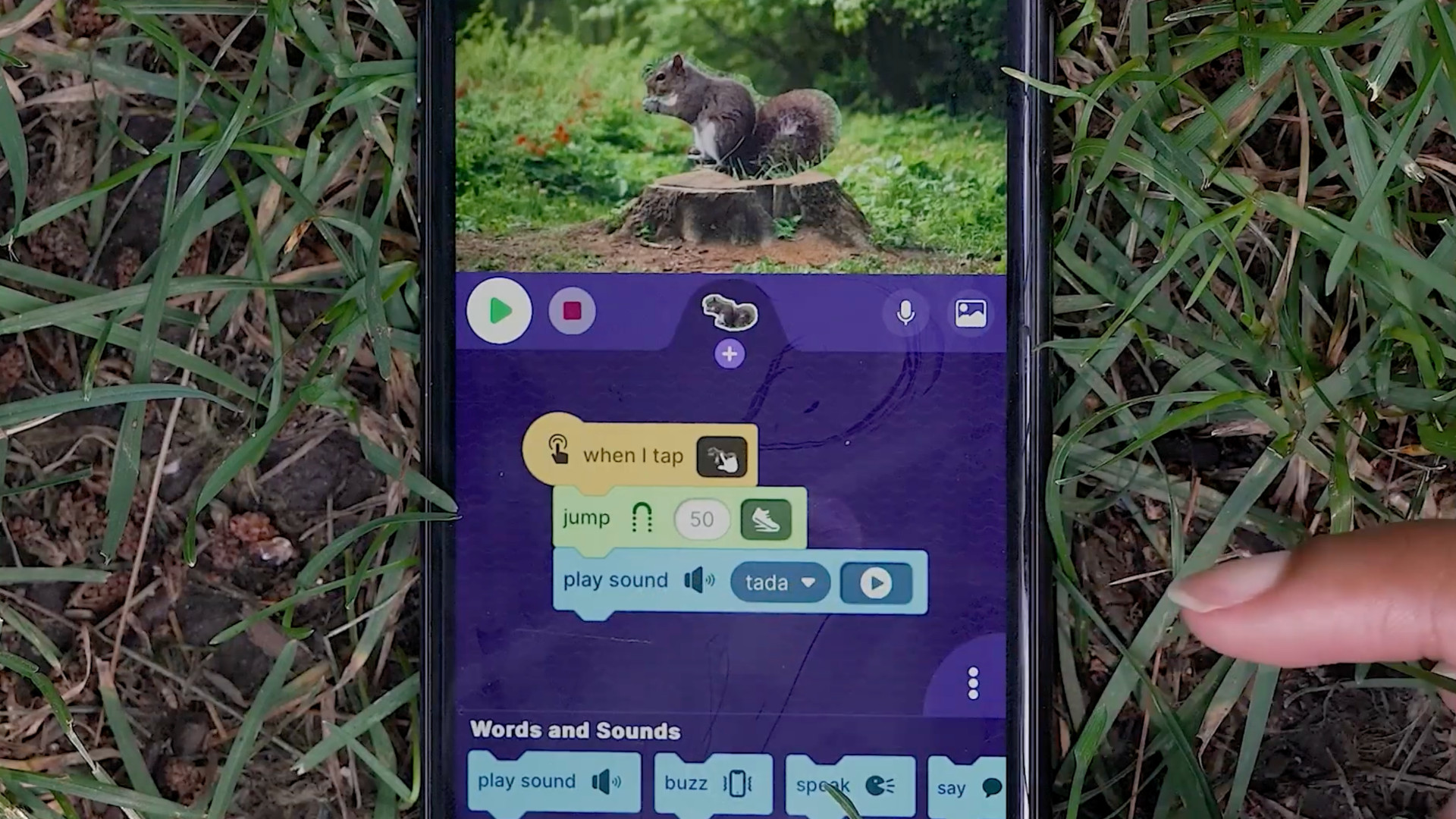3 Wellbeing Initiatives That Work for Schools
Three wellbeing initiatives that have worked in three different school districts

In January 2022, RAND Corporation surveyed teachers and principals for its 2022 State of the American Teacher and State of the American Principal (SoP) reports. The results were not good:
- 73% of teachers and 85% of principals reported experiencing frequent job-related stress vs. 35% of the general population of working adults.
- 28% of teachers and 28% of principals reported symptoms of depression vs. 17% of other working adults.
- 24% of teachers and 19% of principals said they were not coping well with job-related stress vs. 12% of other working adults.
- 1 in 3 Hispanic or Latinx teachers experienced symptoms of depression compared with about 1 in 4 non-Hispanic or -Latinx teachers.
If you’re looking to start some wellness initiatives and or ways to make your teachers, staff, and students try and manage their stress, here are three to consider.
Wellbeing Initiatives: A Mindfulness Infusion
Wellbeing has been a key ingredient at Downers Grove South High School in Illinois for several years: a counselor who specializes in mindfulness practices visits classrooms and holds Mindfulness Monday every week for all 450 teachers and staffers; there’s a mindfulness club for students; and every teacher and staff member has a free subscription to Insight Timer, an app designed to support mindfulness.
“The app offers meditations, journaling, breath work, aspirational quotes, yoga, and pre-recorded courses you can do at your own pace,” says Sara Courington, associate principal for student support services. “We want people to take a break and give their brains a chance to catch up.”
Each week, the school averages close to 2,000 minutes of app usage. “Making this subscription available lets our staff know we care about them and their mental health. We’re showing them we understand how difficult the last few years have been.”
Creating Digital Wellness Rooms
Brick-and-mortar wellness rooms are becoming more common in schools, but Indian Prairie School District 204 in Illinois went one step further and established a digital wellness room, The Grizzly Zen Den, at Grainger Middle School.
“We created the Zen Den during quarantine when remote learning was causing students a lot of stress,” says Andy Fekete, CETL, instructional technology specialist. “Some teachers and social workers decided to build a virtual space where they could send students to take a quick break, play a game, or do a mindfulness activity or breathing exercise.”
Tech & Learning Newsletter
Tools and ideas to transform education. Sign up below.
The Den was well-received by students and families, prompting some of the other middle schools to share wellness resources through Google Classroom, such as this Virtual Calming Room. Recently, a second building, Crone Middle School, opened the Crone Zen Den.
Reevaluating School Through a Wellbeing Lens
Glenbrook High School District 225 in Illinois has been exploring student success across all domains through the wellbeing lens, which is encouraging a lot of positive changes, says Ryan Bretag, director of instructional innovation. “Belonging, mindfulness, purpose, optimism, vitality, and identity are at the core of our work when it comes to wellbeing, and we’re looking at everything through those six pillars.”
Each pillar has an academic tie-in. For example, belonging links to supportive relationships, collaboration, and community building; purpose aligns with grit, growth mindset, problem-based learning, and student engagement.
The 25-person physical education department at Glenbrook South focused on belonging and vitality to redesign its entire program. “They wanted a curricular approach that focused on functional fitness, something inclusive that created a community our students would be excited and optimistic about,” says Bretag.
After a lot of research, they became a CrossFit affiliate and went through Crossfit Level 1 certification. They turned the outdated fitness center—a typical space with barbells, equipment, and metal racks—into a beautiful, open space with equipment that can be moved around every day for a variety of setups. “We have barbells that aren’t designed just for male hands, and the plates are the same color and size so there are no comparisons,” says Bretag.
Nearly all of the classrooms have been redesigned as well, guided by belonging and optimism (see more here). Recently, 100 students attended an offsite retreat focused on student voice. “It was an opportunity for students to share their ideas, experiences, and beliefs so that we can understand our students, make better connections and continue to improve instruction and curriculum,” says Bretag.
The district views wellbeing as an ongoing journey that starts with giving the adults what they need. Says Bretag: “Do our adults practice helpful mindfulness strategies? If they do, they’ll be the best models and stewards for our students.”
